Given the pressure on investment costs and increasing actual demand, the possibility of a decrease in housing prices is considered unlikely in 2025.
Given the pressure on investment costs and increasing actual demand, the possibility of a decrease in housing prices is considered unlikely in 2025.
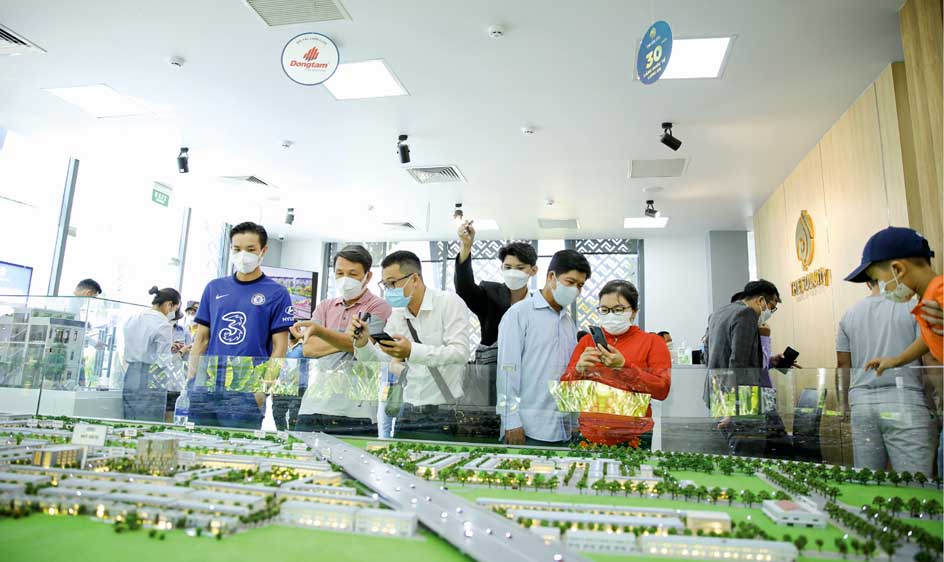 |
| High investment costs make it difficult to reduce housing prices in 2025. In the photo: Customers attending the opening ceremony of The Sol City Project |
Huge gap between supply and demand
Vietnam’s real estate market is facing a huge gap between supply and demand, especially in the mid-range and low-end segments. Real estate prices in central areas of Hanoi and Ho Chi Minh City are continuously increasing.
According to the Vietnam Association of Realtors, since 2018, housing supply has decreased severely, while housing demand has continuously increased, causing real estate prices, especially in large cities such as Hanoi, Ho Chi Minh City and key economic development areas, to increase more strongly, far exceeding the growth rate of people's income.
Mr. Nguyen Quoc Anh, Deputy General Director of Batdongsan.com.vn, said that 2024 saw a high level of interest in real estate prices and difficulties in owning real estate. Phrases such as “high real estate prices” and “young people have difficulty buying a house” reached 1,020 and 24,500 searches, respectively.
“In Hanoi and Ho Chi Minh City, where there is an urgent need for housing, real estate prices have increased sharply, especially for apartments, the segment serving real housing needs,” said Mr. Nguyen Quoc Anh, adding that in Hanoi, apartment prices by the end of 2024 had increased by 58% compared to the first quarter of 2023, while in Ho Chi Minh City the increase was 17%.
From the perspective of a business leader, Ms. Nguyen Thi Van Khanh, Deputy General Director of Gamuda Land, affirmed that investors are not excited about the price increase being too high, but they hope that the price increase will be at a moderate level.
Ms. Van Khanh explained that overheating growth is often unstable, causing disadvantages for both investors and home buyers. Investors do not gain more profit, while home buyers are completely disadvantaged.
“I expect the price level to be more sustainable so that home buyers can keep up,” said Ms. Van Khanh.
Sharing the same view, Mr. Le Huu Nghia, General Director of Le Thanh Real Estate Company, shared that businesses themselves are also under no small amount of pressure when land prices increase sharply, along with land use costs that investors have to pay. These factors have pushed the final selling price to a level that is difficult to access.
Specifically, Mr. Nghia analyzed, with a price of 50 million VND/m2, the structure will include 40% construction costs, 20% land price and land use fees, 20% financial costs, mainly borrowing costs. In addition, there are other costs such as design, project management, after-sales, marketing costs, totaling about 10%. In fact, the remaining profit is only about 10%. However, with projects with cheap land purchased in advance or taking advantage of pre-paid capital from customers, financial costs can be significantly reduced, helping to increase profit margins to about 30%.
“Investors usually expect a profit of 7% per year, equivalent to 35% for a 5-year project. This helps ensure that they recover their capital and achieve their shareholder profit expectations. However, not all projects can achieve this profit level, especially if management is ineffective or the market is volatile. Therefore, it is difficult to reduce the selling price. In my opinion, the price in the future may only increase to a certain extent, not decrease sharply, due to factors related to investment costs and market demand,” Mr. Nghia emphasized.
Solutions to reduce housing price pressure
Faced with the reality of rising real estate prices, Mr. Nguyen Van Dinh, Chairman of the Vietnam Real Estate Brokers Association, recommended that close coordination between management agencies, businesses and the community is needed to balance supply and demand.
On the supply side, it is necessary to increase the supply of affordable housing, improve infrastructure in suburban areas and develop effective financial support policies. Authorities at all levels, especially localities, need to create conditions for the development of affordable commercial housing and social housing to attract investment.
On the demand side, people need to have a clear financial plan, take advantage of support programs and be flexible in choosing a place to live. Only then can the housing problem be effectively solved, bringing benefits to both individuals and society. Expanding demand to the suburbs, where prices are lower, is also an effective solution. With investment in transport infrastructure such as highways and metro, suburban projects still ensure convenient connections to the center.
In addition, renting a house is a suitable temporary option to save money and avoid the burden of paying off a house loan. People should spend no more than 1/3 of their income on renting a house to balance their lives. Finally, people can take advantage of support policies such as flexible payments, preferential interest rates and home loans when they have saved about 50% of the house value. This helps reduce financial pressure and realize the dream of owning a house.
Similarly, Ms. Duong Thuy Dung, CEO of CBRE Vietnam, said that to reduce housing price pressure and meet real housing needs, it is necessary to expand urban development to suburban areas. For example, in Hanoi, areas such as Long Bien, Gia Lam, Tay Mo benefit from a good transportation network, helping people move easily without spending too much time.
In Ho Chi Minh City, the development of suburban areas such as Cu Chi or Nha Be still faces many obstacles due to lack of infrastructure connection. To improve, the government needs to prioritize investment in beltways and expressways, thereby creating conditions for the development of reasonably priced land funds for commercial housing.
“Infrastructure investment needs to go hand in hand with social amenities such as schools, hospitals, and entertainment areas to attract people to the outskirts and reduce pressure on the central area,” said Ms. Dung.
Source: https://baodautu.vn/batdongsan/gia-nha-kho-giam-trong-nam-2025-d238867.html


![[Photo] A brief moment of rest for the rescue force of the Vietnam People's Army](https://vstatic.vietnam.vn/vietnam/resource/IMAGE/2025/4/3/a2c91fa05dc04293a4b64cfd27ed4dbe)
![[Photo] Ho Chi Minh City speeds up sidewalk repair work before April 30 holiday](https://vstatic.vietnam.vn/vietnam/resource/IMAGE/2025/4/3/17f78833a36f4ba5a9bae215703da710)
![[Photo] Prime Minister Pham Minh Chinh chairs meeting after US announces reciprocal tariffs](https://vstatic.vietnam.vn/vietnam/resource/IMAGE/2025/4/3/ee90a2786c0a45d7868de039cef4a712)
![[Photo] Prime Minister Pham Minh Chinh chairs the first meeting of the Steering Committee on Regional and International Financial Centers](https://vstatic.vietnam.vn/vietnam/resource/IMAGE/2025/4/3/47dc687989d4479d95a1dce4466edd32)
![[Photo] General Secretary To Lam receives Japanese Ambassador to Vietnam Ito Naoki](https://vstatic.vietnam.vn/vietnam/resource/IMAGE/2025/4/3/3a5d233bc09d4928ac9bfed97674be98)
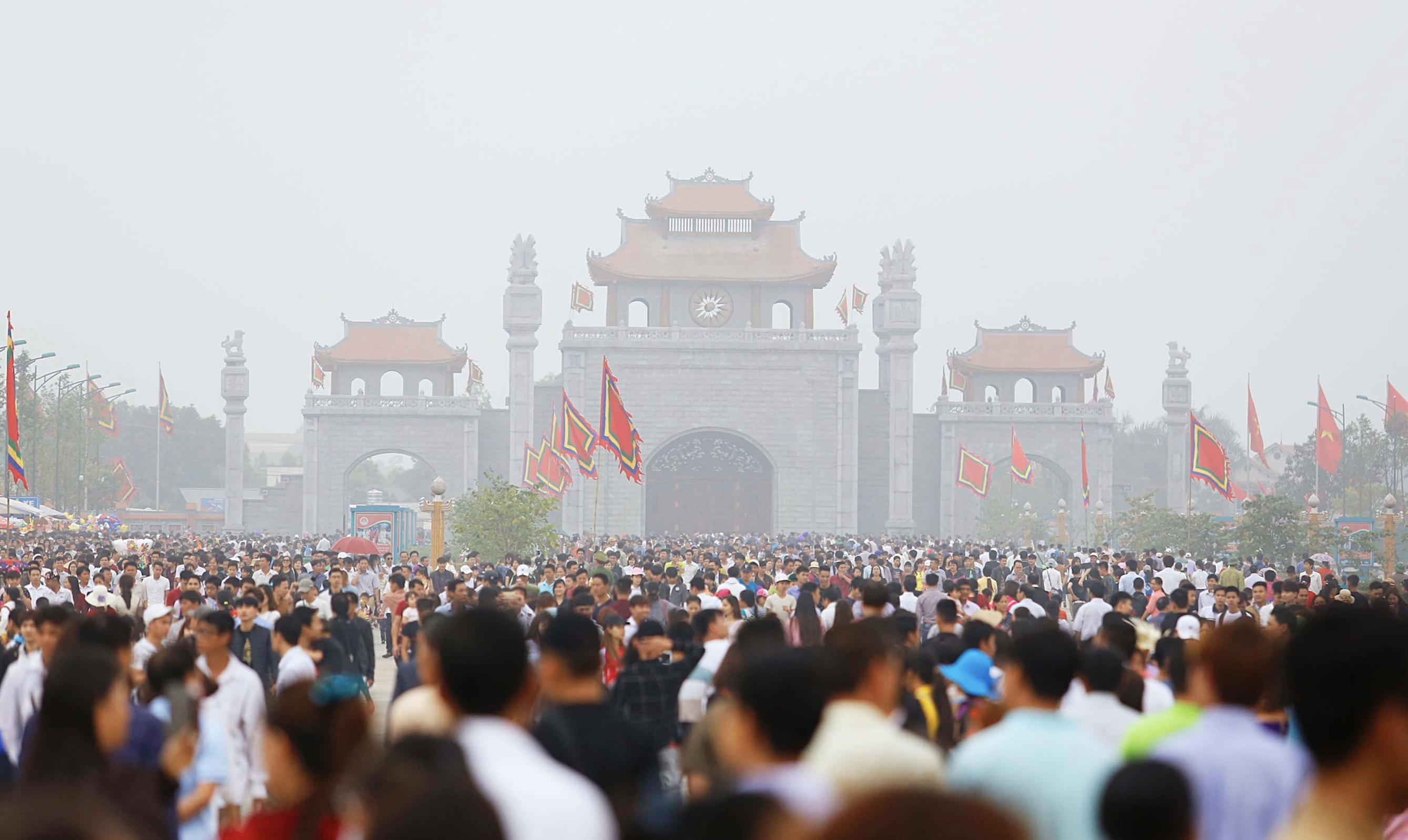







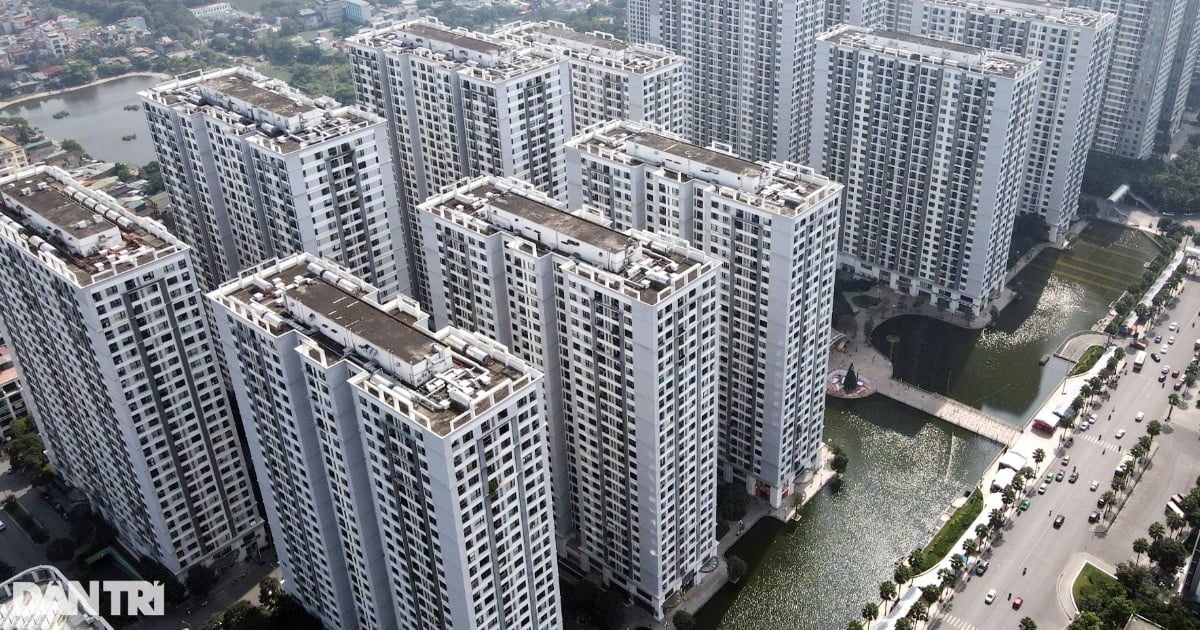
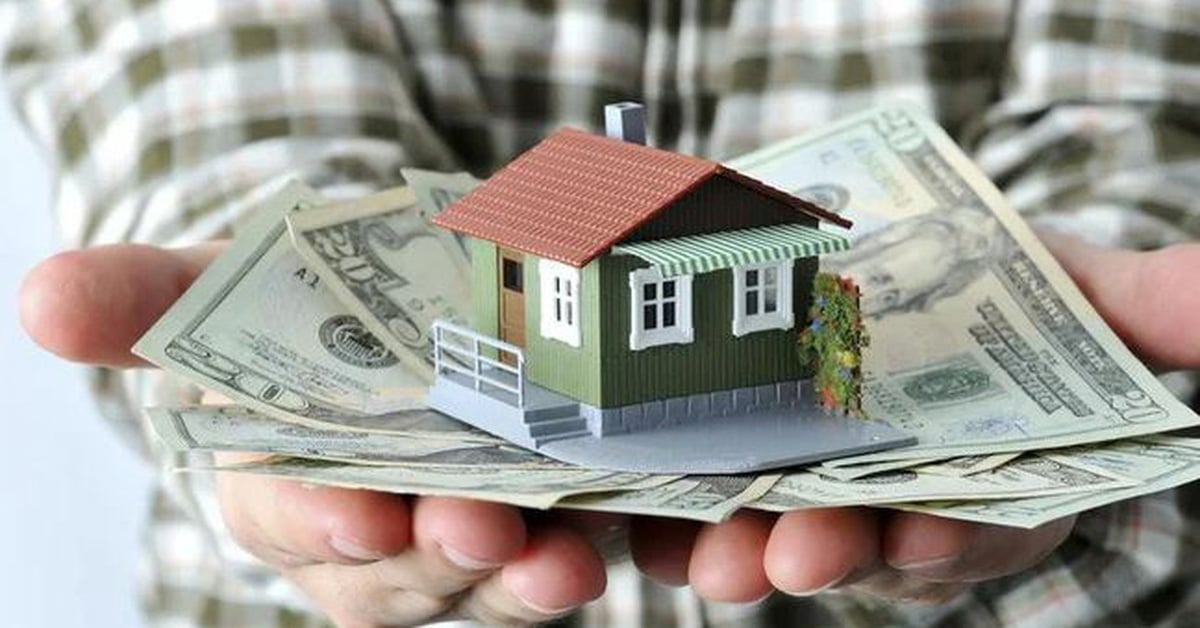













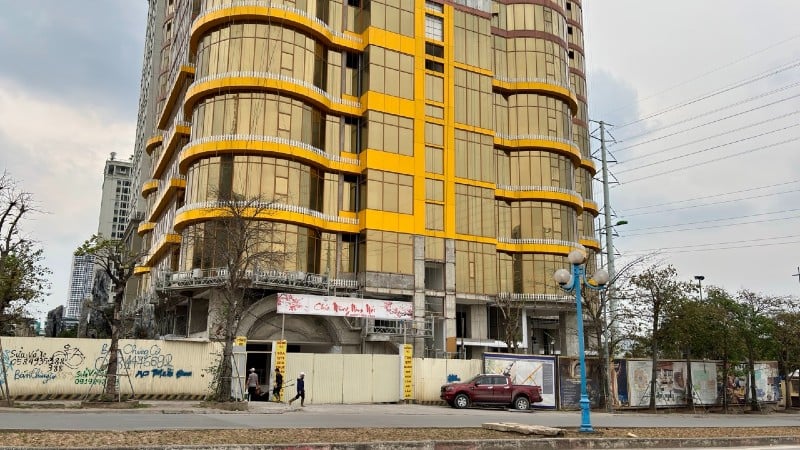

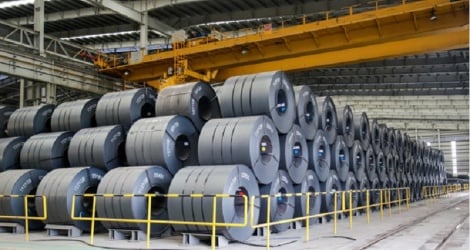





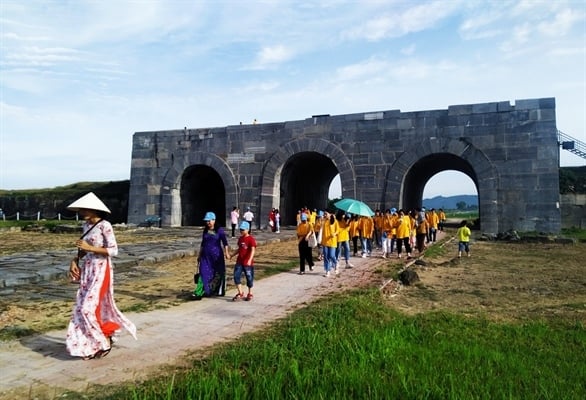




































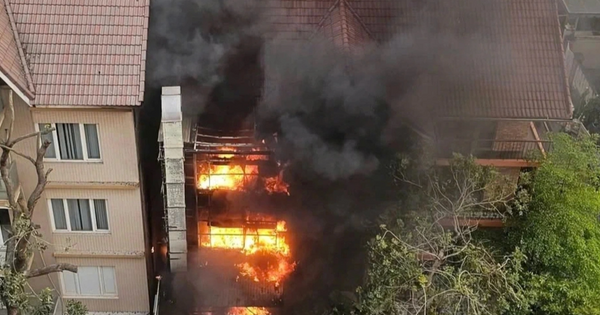

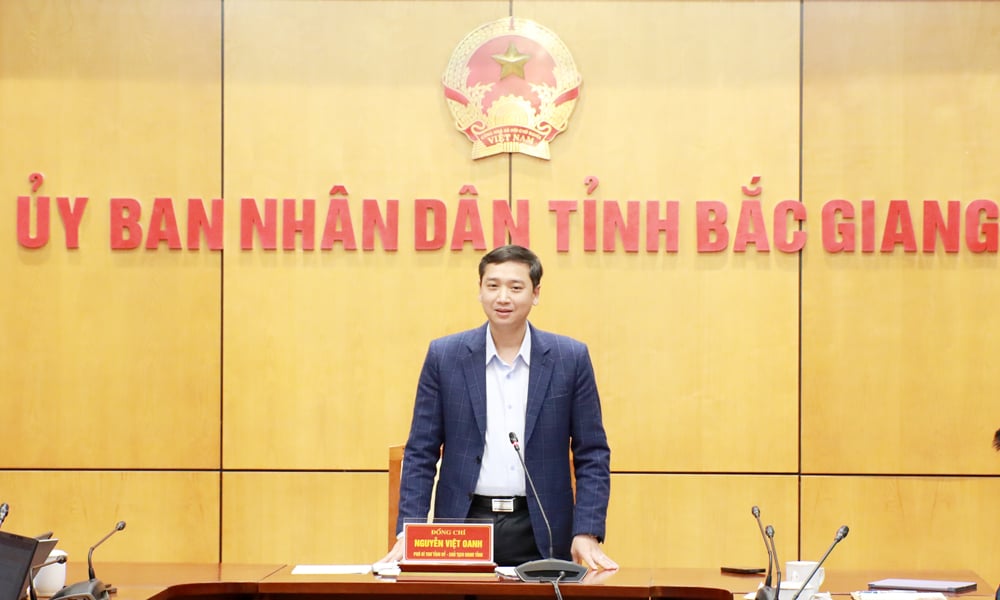
















Comment (0)